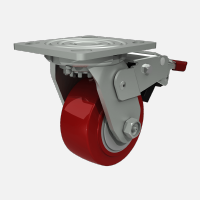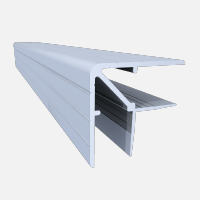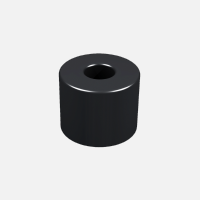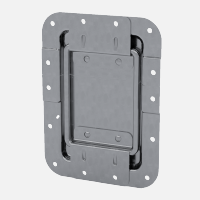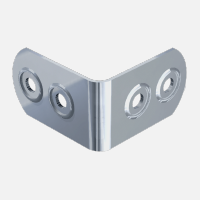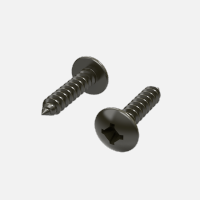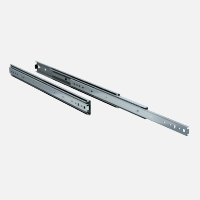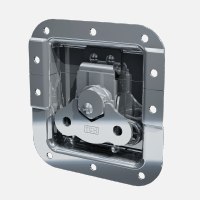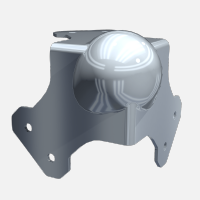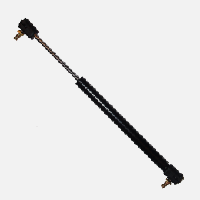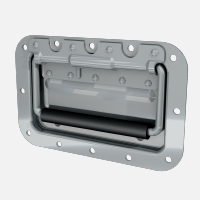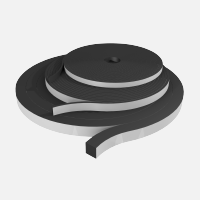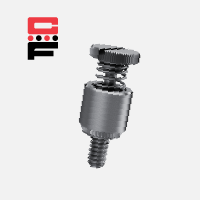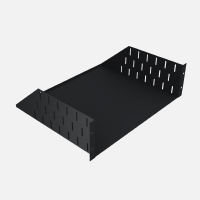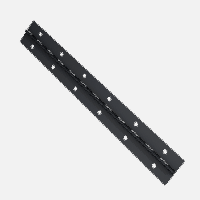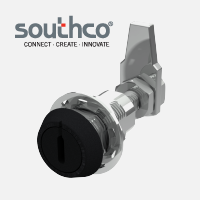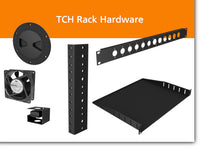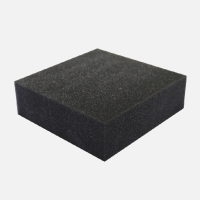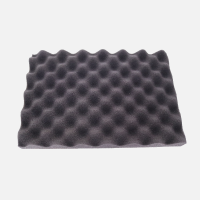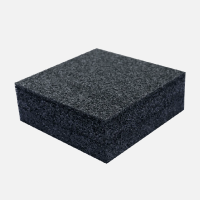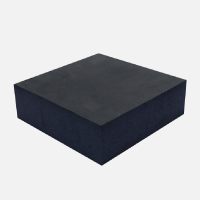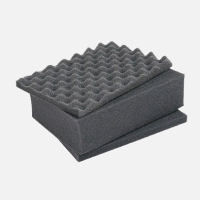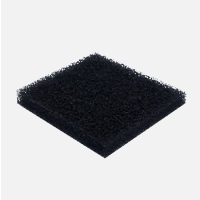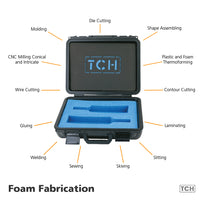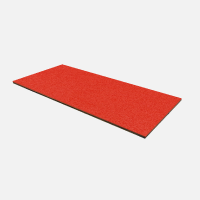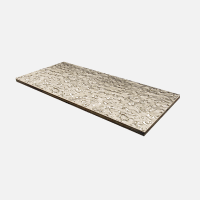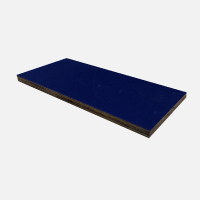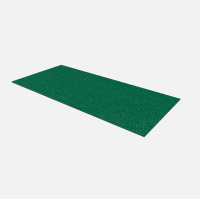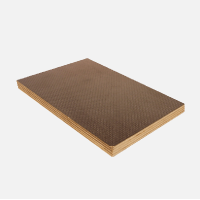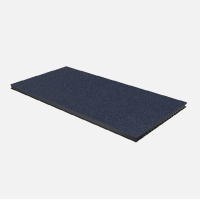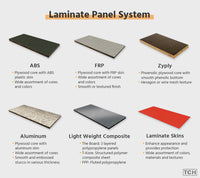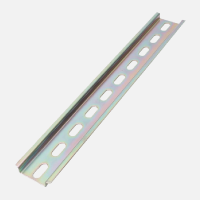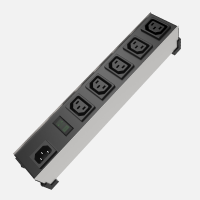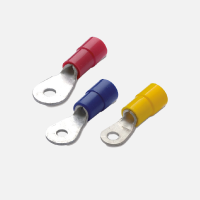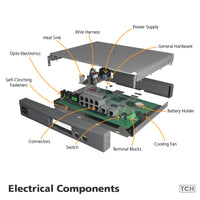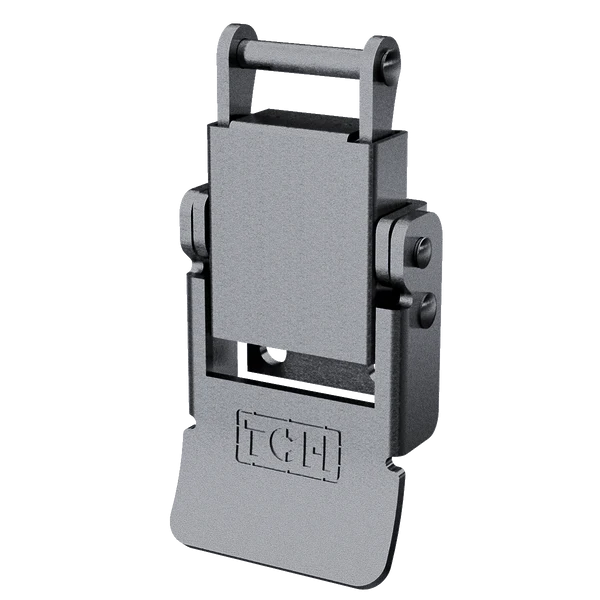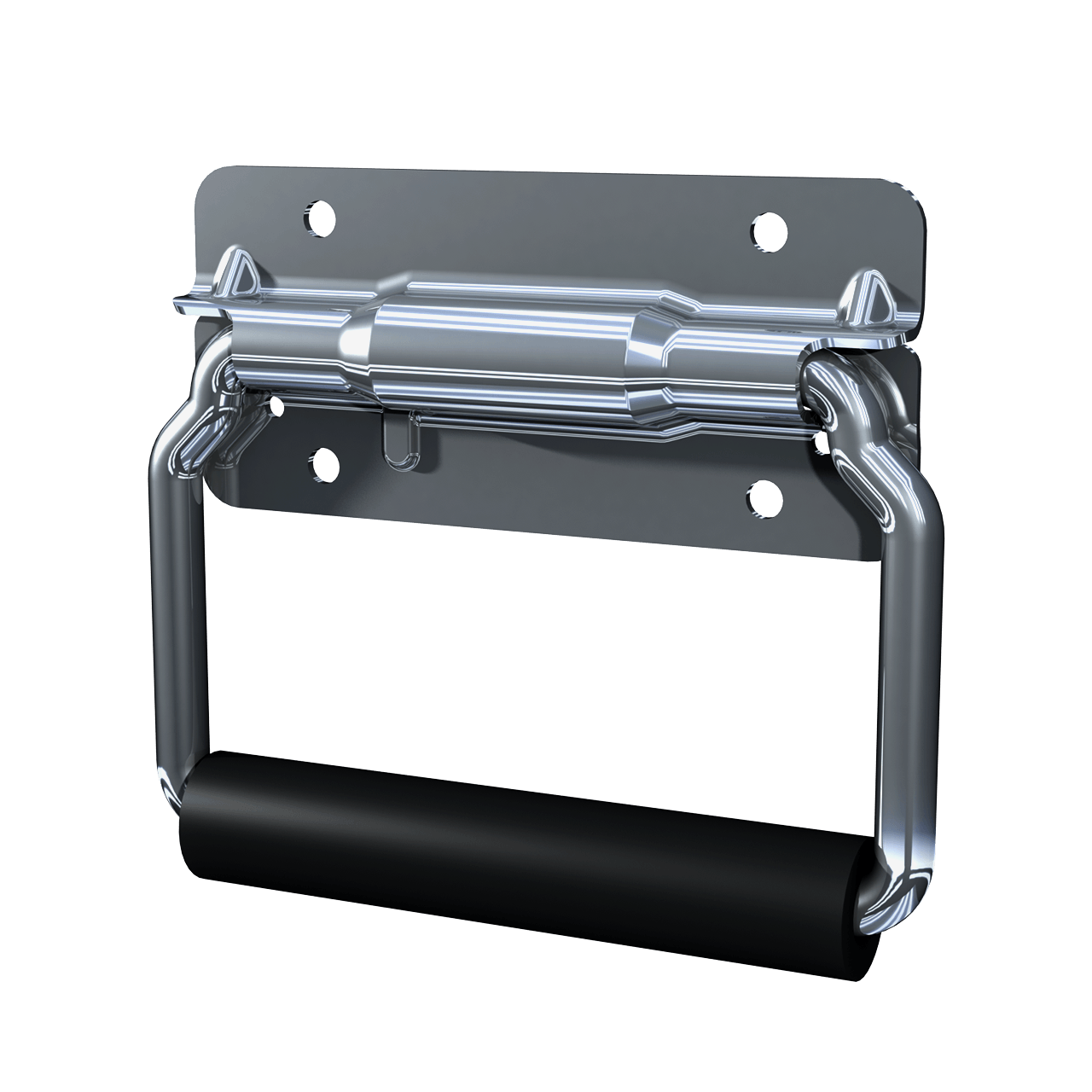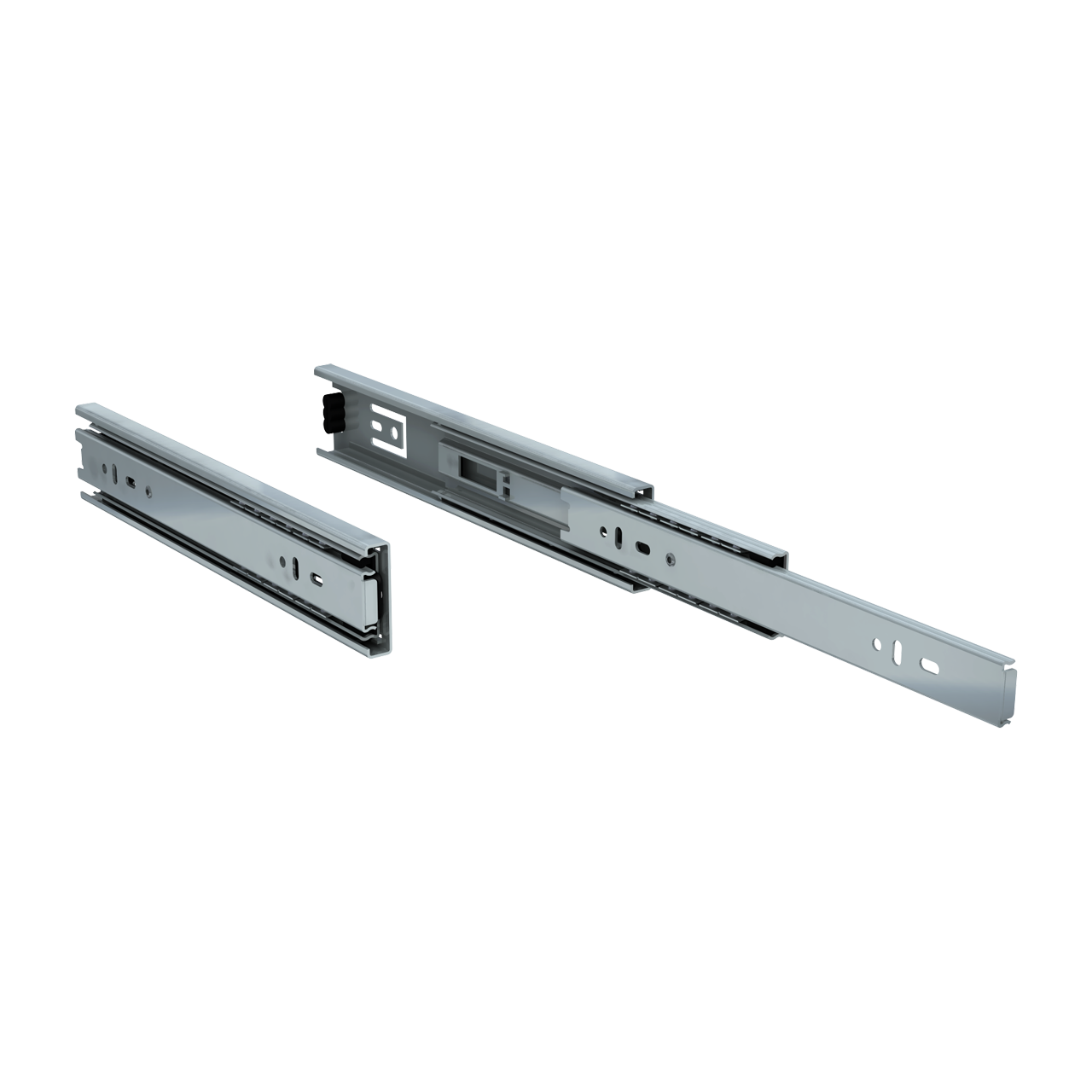Casters
Casters are fastened to the bottom of the case or rack to facilitate ease of movement to where they are needed. Additionally, casters can help reduce strain on the body by removing some weight when pushing or pulling cases or racks.
You’ll find that casters come in different styles, materials, and sizes:
- Plate Mounted.
- Edge or Corner Mounted – we offer recessed and surface-mounted corner casters.
- Stem Mounted -thread or plug-in. These attach with a recessed top hat socket, a spring retention clip, or a T-nut.
Edge & Corner Casters
Heavy-duty recessed edge-mount and corner-mount casters for a variety of applications. They are utilized for case styles that are to be pulled like luggage. They are usually used with a retractable handle on one end of the case and two of these casters on the other, but you may also utilize standard recessed handles depending on the length of the case.
They are commonly used with case sizes that are difficult to carry but don't require to be fitted with traditional plated mounted swivel-style casters.
Mounting Types:
Plate Mount
The caster mounting plate is sturdier for a wider weight load distribution and force than its stem mount counterparts. It generally comes in larger diameter wheels, allowing plate mount casters to carry heavier weight loads.
These holes form what is known as the “bolt hole spacing” or BHS and are critical in mounting the caster to your application. These plates come in various sizes depending on the wheel size and are meant for mounting to multiple objects.Standard mounting plate sizes are 2 3/8” x 3 5/8” and 4” x 4 ½”.
Plate mount has two movements: rigid and swivel. Rigid or fixed moves in one direction in a straight line unless you lift them off the ground. On the other hand, swivel casters rotate 360° for easy steering. Swivel casters are also harder to move in a straight line and change direction.
A caster with a mounting plate provides plenty of surface area for spreading the load, and you get the holding power of four bolts in each plate. You can usually find a fixed-wheel caster with the same wheel size and mounting height as its swiveling cousin. But remember that combining a pair of swiveling casters and a pair of fixed-wheel casters will give your case the maneuverability of a shopping cart. With four swiveling casters, you’re better able to move in a tight space.
Stem Mount
Stems are necessary when limited space is offered on an object’s connection point. Most common stem casters are for light-duty applications such as furniture and medical equipment. Two sub-types of stem-mount casters are also available: smooth stem and threaded stem.
Threaded Stems
Threaded Stems, as their name implies, are threaded and screwed into a pre-threaded receptacle. Threaded Stems are generally made for lighter-duty applications.
Smooth Stem
Grip Rings or Smooth Stem casters are inserted into a recessed top hat socket and are held in place by the tensioned steel ring on the stem.
Braking options
Casters are available with two primary locking options for static stability. The first is a "wheel lock" or "brake," which prevents the wheel from rotating.
Wheel Diameter
Larger
A larger diameter will roll more smoothly, with less effort, and won't get hung up on cracks, pebbles, strips of scrap wood, and cords. Note that you should never roll over cables if you can help it, but if you accidentally do, the caster should roll over it and then suddenly stop and skid, which can tear the insulation off the cord. Larger-diameter wheels are also helpful if a specific standover height is required to clear obstacles.
Smaller
Smaller wheels will have a lower center of gravity, which helps stabilize the load and prevent tipping. They also reduce the stand-over height, maximizing mobile cabinets' storage space. There are also some situations where a small wheel's higher rolling resistance is desirable. For example, a smooth floor and a slight slope can cause carts with large casters to drift away or make them hard to stop when the load is heavy.
Wheel material
The more complex (durometer) the wheel type, the easier it is to start rolling and the more weight they will typically hold. More challenging wheel types can also be louder than softer when moving on particular floors.
TCHalso offers removable caster plates, allowing you to quickly remove top plate mount casters from your applications without needing tools.
You may also like:




